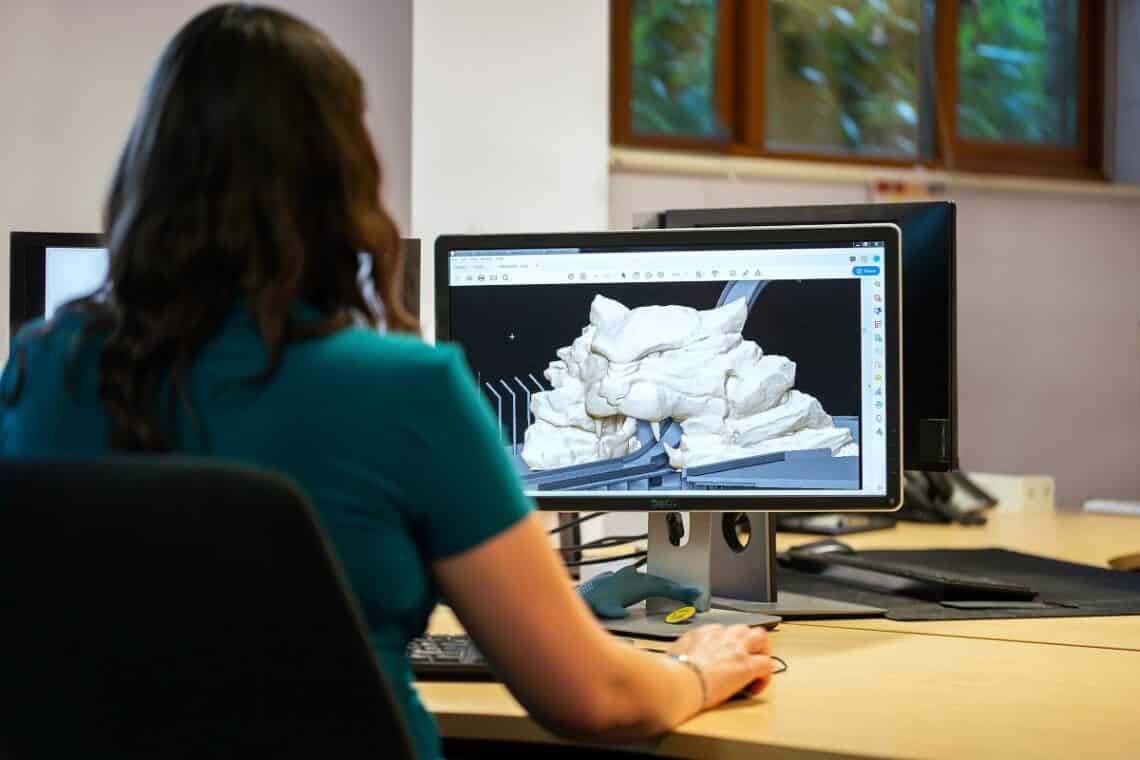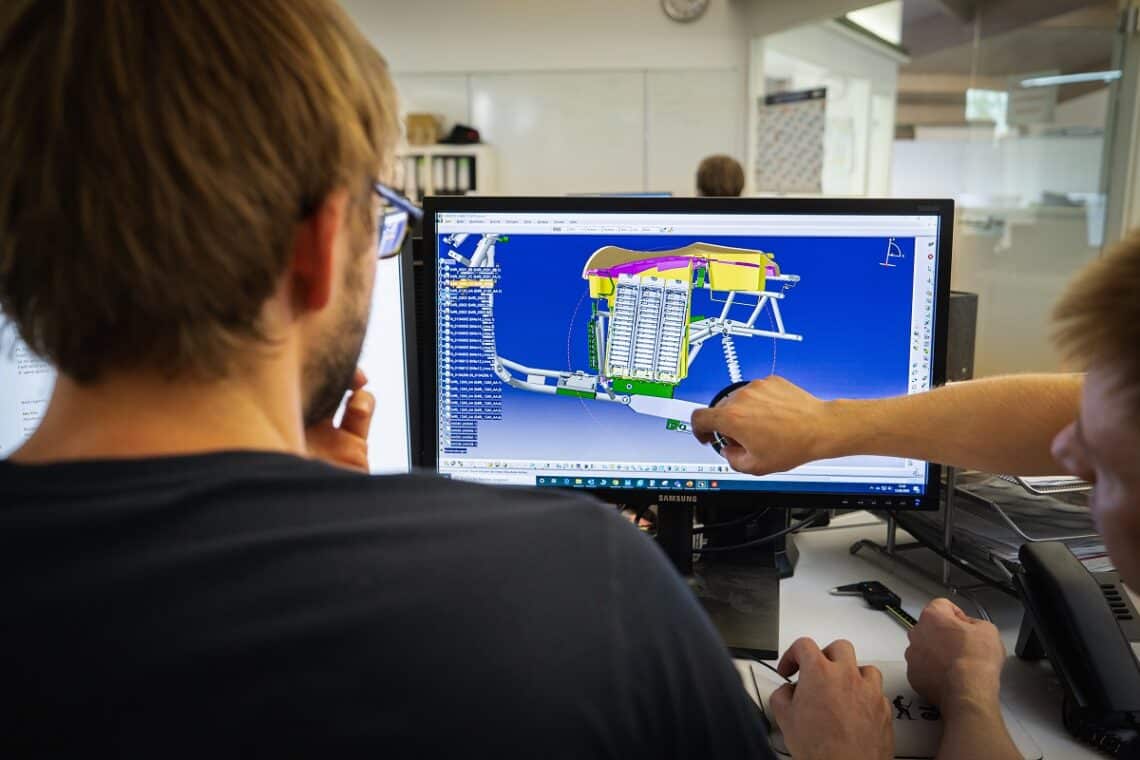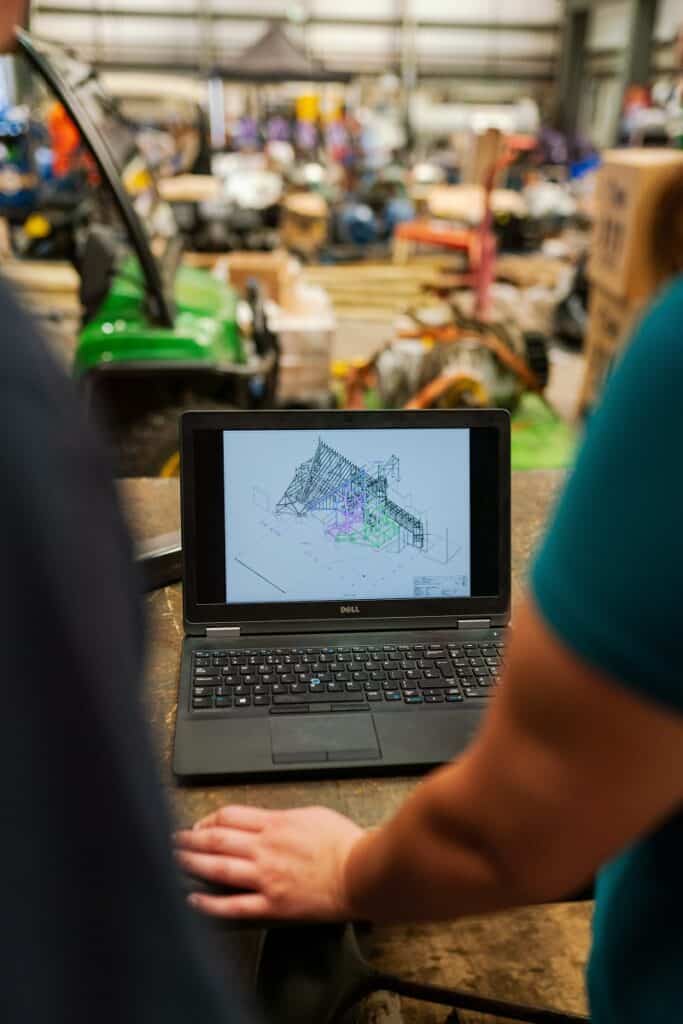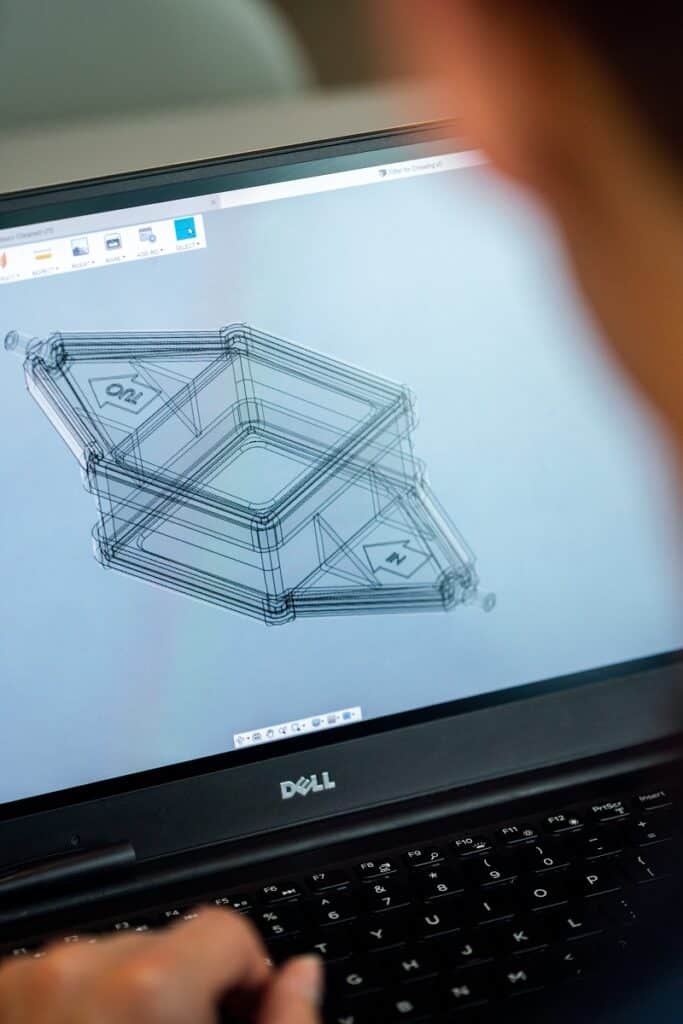Architects and 3D artists are often confused as being the same. However, there are several differences you should know about.
An architect’s job is an important one – without them, we wouldn’t have any of the magnificent structures around us. In recent times, 3D artists have gained immense popularity in several industries. However, since they both build objects using similar tools, they are often confused.
Whether you’re looking to hire someone for a building job or looking to study the subject yourself, it’s essential to know the difference between the two. Once you understand this, you will be in a better position to decide which one is best for you.
To clarify, we have created this comprehensive guide to explain the significant differences between them and more. Keep reading to find out what the two jobs entail.
So, without further ado, let’s dive right in, shall we?
Architect vs. 3D Artist Differences

Essentially, an architect and a 3D artist have very similar roles and responsibilities. Although both may work in the same industry, their job descriptions are different. Moreover, the tools that they use for constructing structures are similar but used for different purposes.
Here are the significant differences between the two that you should consider:
-
Architects Design, 3D Artists Digitize
To understand the difference between an architect and a 3D artist, this is the first thing you have to know. While 3D artists are responsible for visualizing and digitizing a structure, it is the architect who builds the first draft. Once the 3D artist receives this plan, they use their skills, digital tools, and understanding of a concept to create the structure in 3D format.
An architect has tremendous liberties to make changes to the original building (or structure) plan. However, a 3D artist does little to no designing on their own. They are allowed to make cosmetic changes, but they cannot change the structure or layout of a plan.
Both these individuals may often work together to bring a project to life. Each is dependent on the other’s skills and tools. That being said, the architect is responsible for following safety norms and standard procedures when creating a blueprint of a structure.

-
Architects Specialize, 3D Artists Multitask
Although an architect and a 3D artist may work hand in hand to bring a project to completion, they have vastly differing responsibilities. More often than not, an architect specializes in a particular field and works primarily in that field.
In the case of a 3D artist, it’s not that simple. A 3D artist is expected to have a variety of skills at hand – from digital art to illustration, design, painting, and even photography. It is this same set of skills that makes 3D artists so revered.
In any project, an architect will be responsible for one or a handful of essential tasks at the most. However, bringing this project to life on a small scale (be it in digital form or a scaled structure) is the 3D artist’s job. Using this 3D Rendering allows experts to intricately and objectively view a design, find structural or aesthetic flaws, and correct them.
-
Architects Need A License, 3D Artists Don’t
One of the most significant differences between an architect and a 3D artist lies in the fact that an architect requires a license to practice. As of now, there is no such rule imposed on 3D artists. This can also mean that it is easier for 3D artists to get jobs in firms or even work alone.
However, without a license, an architect will not be taken seriously. The license lets people know that the architect has a proper understanding of safety, health protection, welfare, and the law. An architect practicing without a license may get into legal trouble. However, this will not happen to a 3D artist.
Keep in mind; that these tests, examinations, and licenses have been put into place because an architect’s responsibility to the public is massive. They have a great deal of commitment to their clients and company as well, so merely having a degree is not enough.

-
3D Artists Know Computers Inside Out
A 3D artist’s primary job is to be as proficient with 3D software tools as possible. Architects are not expected to have this skill, although it is a bonus if they do. As such, a 3D artist must be excellent at digital art, 3D software, animation, modeling, sculpting, and 3D Rendering.
The more a 3D artist practices and upgrades their software knowledge, the better position they are in. It is in the very job description of a 3D artist to be an expert in various software and digital tools.
Typically, 3D artists are computer geeks and enjoy expanding their knowledge. The more computer skills they learn, the better they get at their skill. Computer software often goes through several upgrades a year, and a 3D artist is expected to understand and learn them.
Although an architect must also know about the various software, they are not expected to be continually upgrading their skills in this regard.
-
Architects Work As A Team, 3D Artists Work Alone
As an architect, you are expected to have excellent communication skills. You should be able to talk to clients, understand their ideas, build a concept around it, and continuously make changes and tweaks to any project.
However, once a 3D artist receives a project from their boss or client, they typically work on this alone. The 3D artist is left alone with their computers and software so that they can work on the project, and they are required to communicate with clients or their bosses only to discuss any changes in the project.
As such, 3D artists are comfortable working alone and are not expected to have lengthy discussions with clients. Visiting the construction site is also part of the job description for an architect. A 3D artist, on the other hand, does not have to do any such thing.

-
Architects Require Construction Knowledge, 3D Artists Don’t
This is where an architect and a 3D artist’s job differ in their roles and responsibilities. As we mentioned earlier, an architect must have construction knowledge, as this knowledge (or lack of it) can affect a structure’s construction.
Consequently, an architect who is not skilled and doesn’t have good construction knowledge can put many people’s safety and lives in danger. A 3D artist is not expected to have any construction knowledge. If they do have it, it is always an added incentive to hire them. However, it is not compulsory.
The construction knowledge that an architect is required to have will affect the safety, stability, quality, and reliability of a construction project. They also need to have a strong understanding of the laws of the area they are operating in. Moreover, they must be conscientious and consider building laws and the public interest.
An architect is also expected to gain a permit to build any structure. Without this permit, they cannot do their job. In the case of a 3D artist, however, none of this is considered.
Their main job is to create a project visualization and make cosmetic changes to make it more aesthetically pleasing. Their knowledge of 3D Rendering is essential here.
What Is 3D Rendering?
In architecture, 3D artists use specific software to help visualize and digitize the architecture’s vision. Creating a 3D model of this concept on software is known as 3D Rendering.
This has immense benefits in the architecture industry. A good 3D render helps bring the concept of a project to life on a screen, but it also helps create a model for showing the clients. At one point in time, architects had to build these structures by hand first, which could be time-consuming and tedious.
With the help of an excellent 3D artist, they can render the structure to discuss with their clients in detail. Moreover, the 3D render provides a more complex, detailed visualization of the project. It allows architects to efficiently find problems, issues, or design flaws and fix them immediately.
With proper knowledge of 3D rendering software, 3D artists can prepare models for presenting to clients. The method is more interactive, visual, and lively and allows for quick and easy changes.

What Are The Other Niches For 3D Artists?
Architectural visualization is just one industry where 3D artists can find work and thrive in. However, by learning the art of 3D modeling, they can also find jobs in several other sectors, as follows.
- Gaming industry
- Animation and filmmaking
- Product visualization
- Medical animation
- 3D printing
- Forensic animation
- Marketing and advertising
- AR and VR
Essentially, a 3D artist’s job is less technically demanding in certain aspects but more in terms of software knowledge.
When hiring someone for a construction project, both an architect and 3D artist must go hand in hand to bring the project to completion. None of the jobs are more or less important than the other. Even though they are very similar in certain aspects, they are widely different in others.
With that, we have come to the end of our guide. We hope you have gained a better understanding of the differences between the two. Of course, if you have any other questions or comments, please feel free to reach out to us.
Until next time, stay safe!


